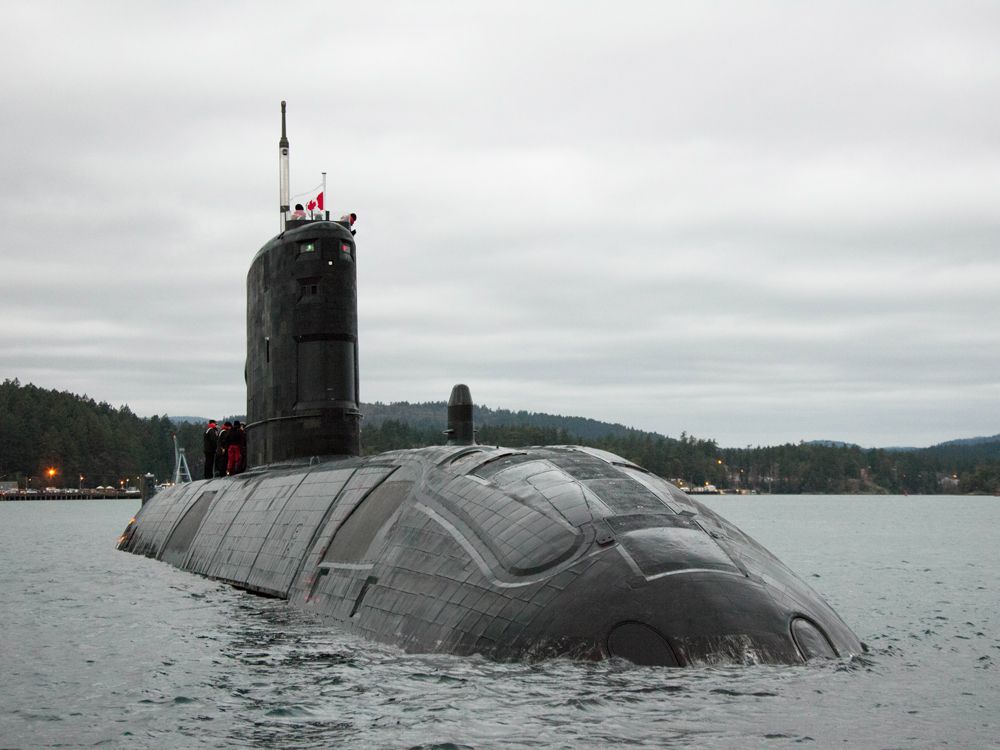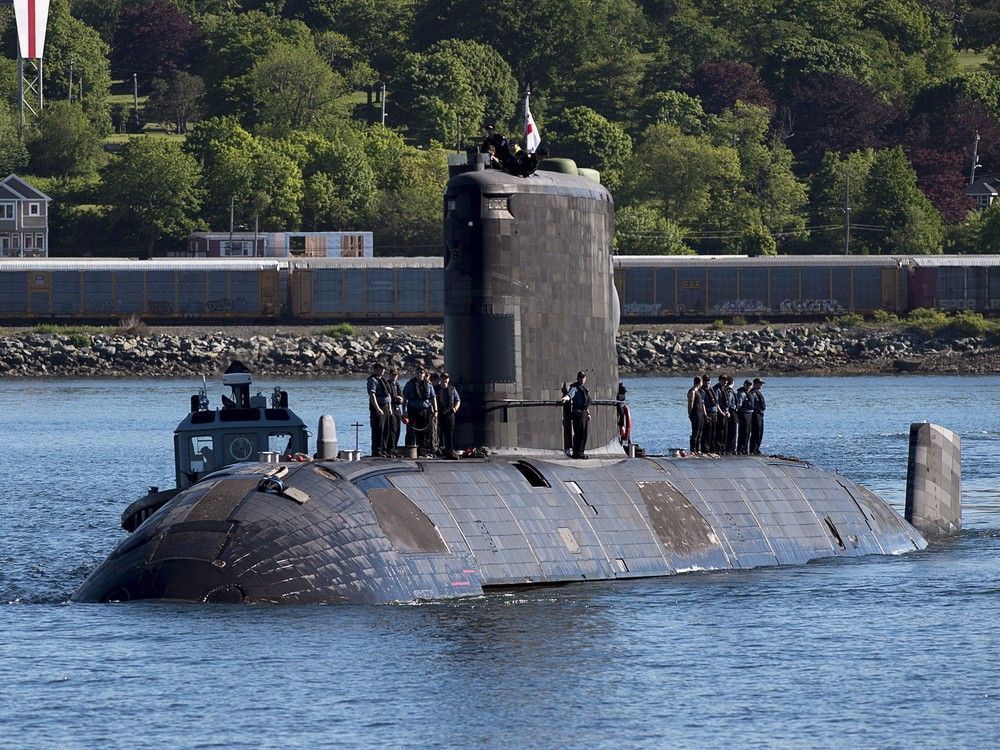The Royal Canadian Navy is not looking at the option of nuclear submarines despite earlier suggestions by Prime Minister Justin Trudeau to the contrary.
The navy has been focused on the potential acquisition of convention-powered submarines for the past several years to eventually replace the existing Victoria-class submarines, according to emails from National Defence to this newspaper.
“The RCN is completing an analysis of conventional submarines that meet Canada’s requirement to patrol all three of its oceans,” National Defence spokeswoman Frédérica Dupuis confirmed in the latest email.
Canadian defence officials have already met with officials from South Korea, Spain, France and Sweden about conventional-powered subs. Norway and Germany have also pitched Canada about a program for such subs.
The possibility of the acquisition of a nuclear-powered fleet was introduced by Trudeau on April 8 during a news conference for the release of his government’s updated defence policy.
The prime minister said the government would start a process to determine what would be the best sub to replace the Victoria-class boats and in response to a
question didn’t rule out considering a nuclear-powered fleet. “That is certainly what we will be looking at as to what type of submarines are most appropriate for Canada’s responsibility and protecting the longest coastline in the world,” he said.
T
rudeau’s comments came as a surprise to departmental and military officials, defence sources confirm. Just hours earlier departmental and Canadian Forces officers had briefed journalists about the updated government defence policy, noting that conventional-powered submarines were being examined. No mention was made of the nuclear option in the policy update.
It was believed the prime minister misspoke, but officials were not allowed to correct that, according to defence sources.
The prime minister’s office did not provide comment.
Nuclear-powered submarines have more endurance and can stay underwater for months at a time without having to resurface, but the price tag is significant.
Australia wants to purchase at least five nuclear-powered submarines with help from the United States and Britain. The Australian government has estimated that program will cost around $300 billion over 30 years.
The last time Canada looked at nuclear-powered submarines was in the late 1980s under then Prime Minister Brian Mulroney. But that proposed purchase was scuttled because of the excessive cost and the end of the Cold War.
The Trudeau government had already earlier rejected the idea of a Canadian nuclear submarine fleet.
In April 2023, this newspaper reported that the Royal Canadian Navy had made a pitch to the Liberal government for the purchase of as many as 12 new conventional-powered submarines at a cost of $60 billion. The navy had been pushing for the acquisition of those submarines to be included in the Liberal government’s Defence Policy Update, but that wasn’t done.






